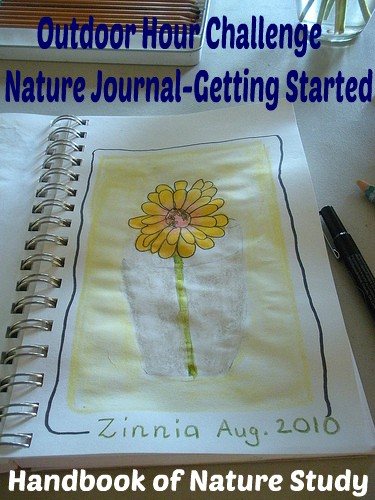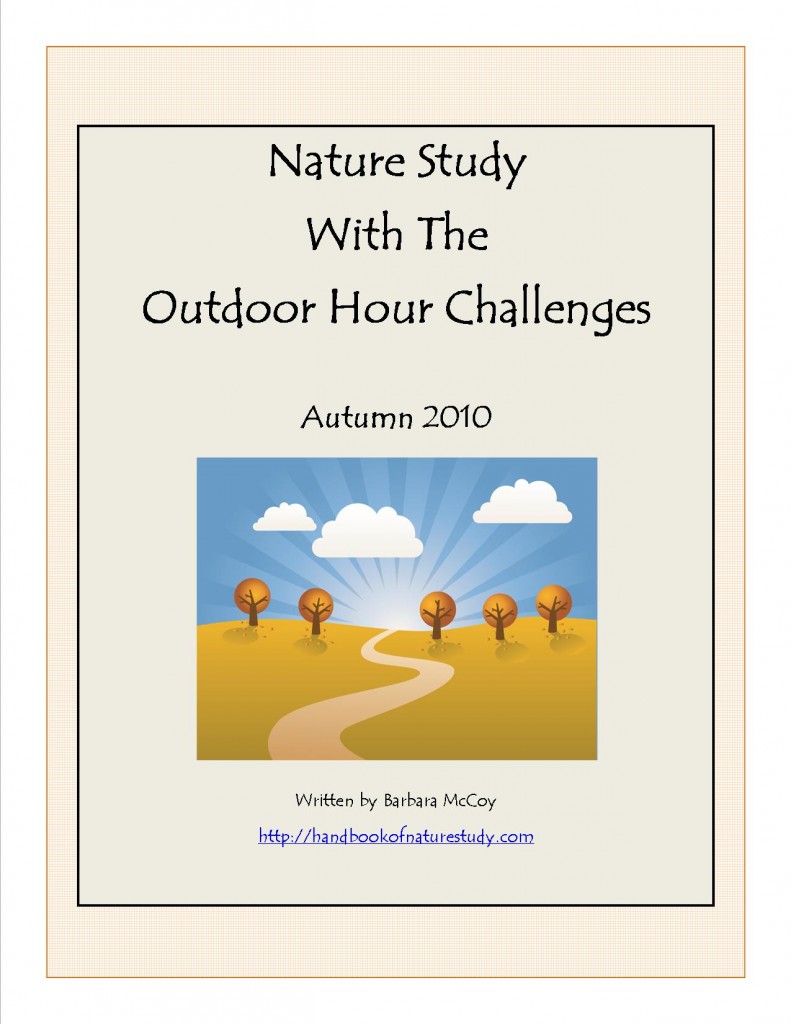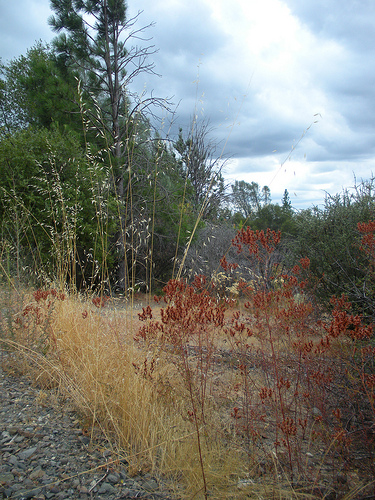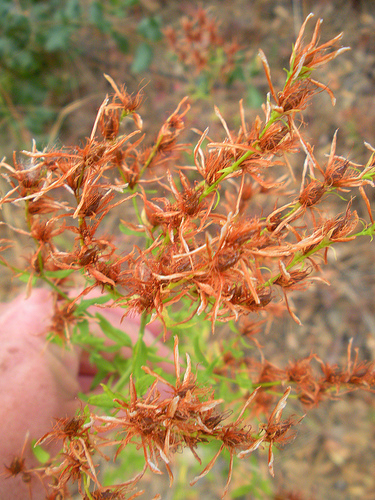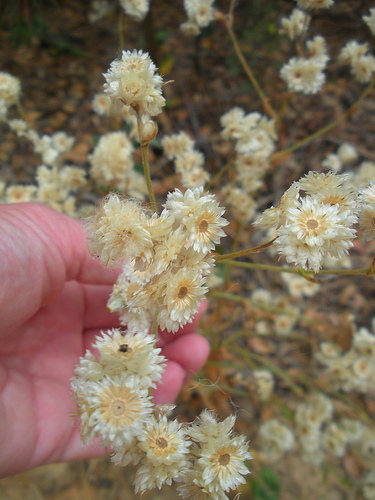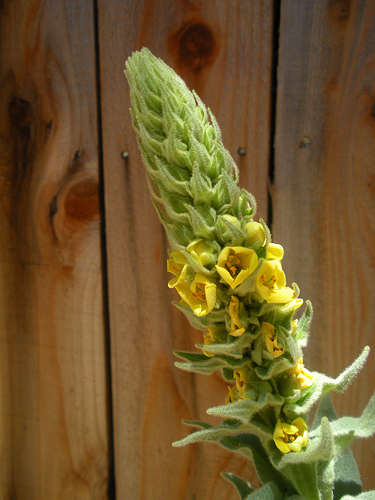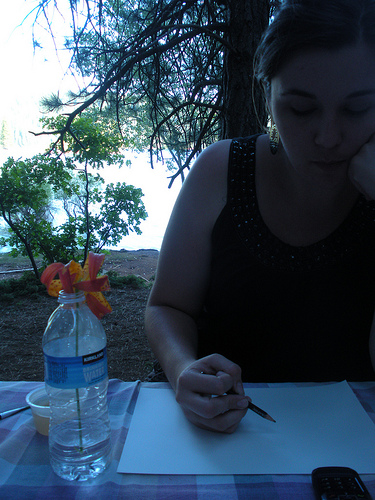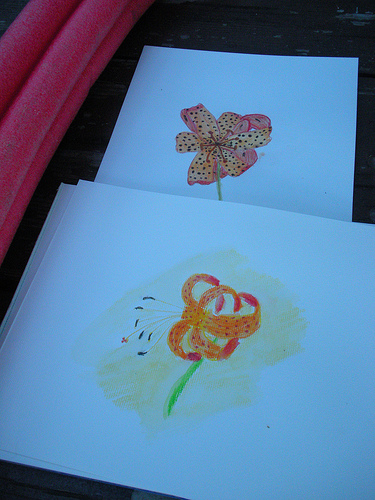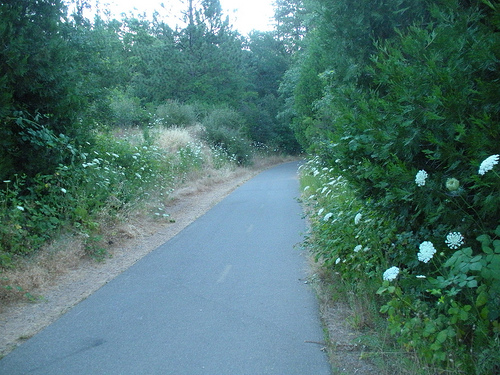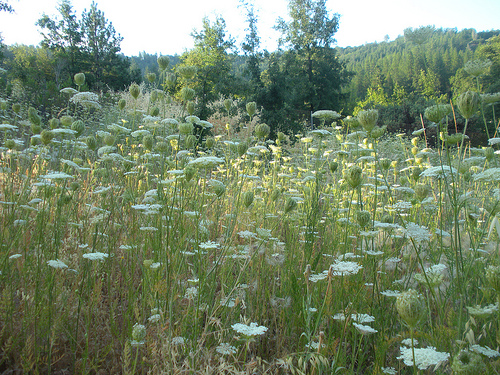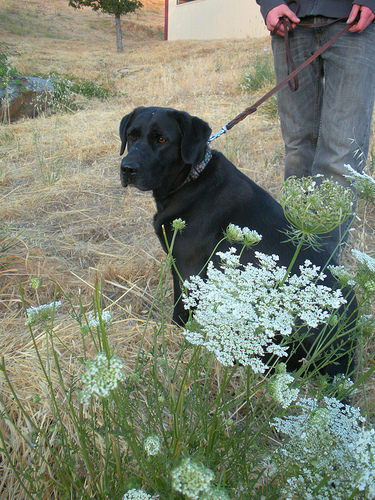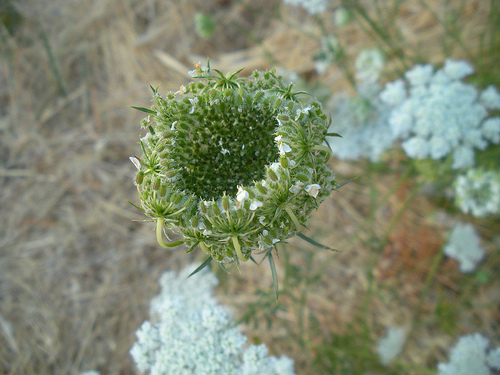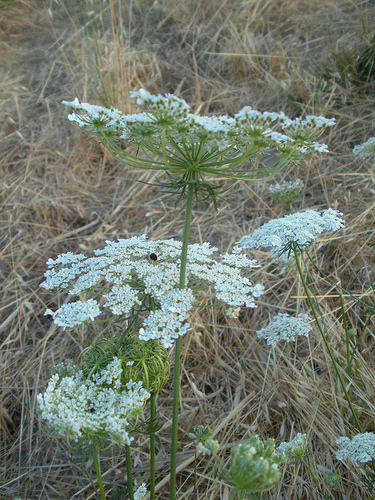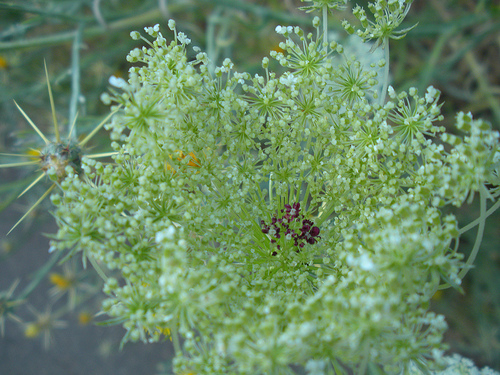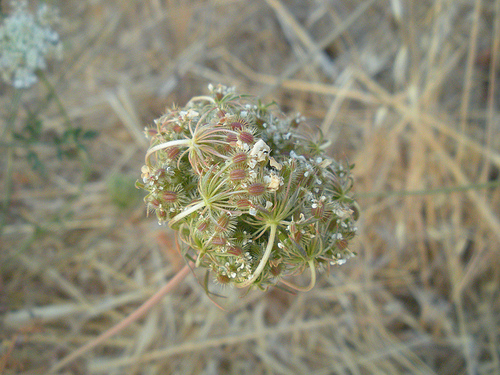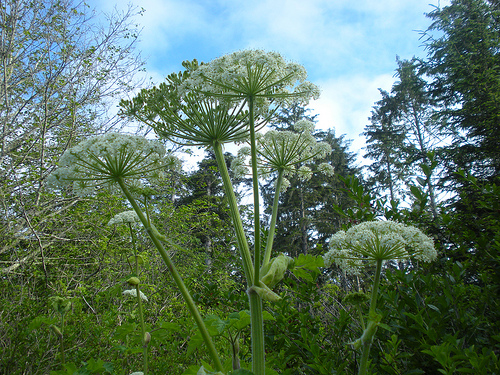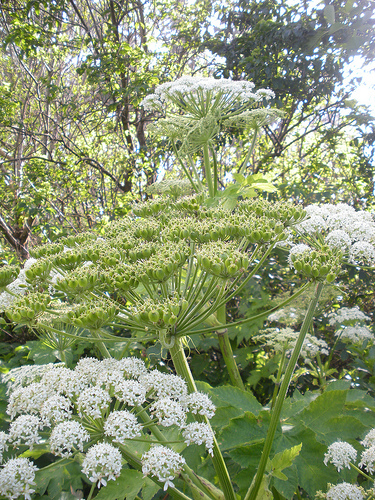Autumn Series #1
Nature Journal-How To Get Started
“A field notebook may be made a joy to the pupil and a help to the teacher.”
Handbook of Nature Study, page 13
Inside Preparation Work:
- Read in the Handbook of Nature Study pages 13-15 (The Field Notebook). In this section Anna Botsford Comstock helps us with a detailed description of her idea of a field notebook or nature journal. She also states that if done properly “they represent what cannot be bought or sold, personal experience in the happy world of out-of-doors”. Make note of any suggestions you want to implement with your children.
- Read page 17 in the Handbook of Nature Study (The Correlation of Nature Study and Drawing). Highlight the points that will help you with your nature journals. “Too much have we emphasized drawing as an art; it may be an art, if the one who draws is an artist; but if he is not an artist, he still has a right to draw if it pleases him to do so.”
- Decide what kind of nature journal or nature notebook you will be keeping for this series of challenges. Some families prefer a blank journal to record sketches, words, and images. With this series of challenges there are notebook pages provided for each challenge and these can be inserted into a three ring binder. Some families combine blank pages with notebook pages to give variety to their nature journals and keep it in three ring binder as well. If you would like more ideas about nature journals, examples of pages, and links to more resources, you can visit my Hubpage for more information: Nature Journals-Tips for Simple Journals.
Outdoor Hour Time:
For this challenge you are going to spend 15 minutes outdoors with your children in your own yard. Take a walk around your yard or down your own street. Enjoy being outdoors. Look up at the sky, look under rocks, listen carefully for sounds, touch some leaves, sit in the grass, stand under a tree, smell a flower, collect some acorns, and just see what happens. Remember you are building your child’s powers of observation and trying to stir up some interest. Keep your words and attitude positive. If you have younger children you may need start off with just 5 minutes of outdoor time for nature study but you can gradually build up to 15 minutes or more.
“She should say frankly, ‘I do not know; let us see if we cannot together find out this mysterious thing.’ She thus conveys the right impression, that only a little about the intricate life of plants and animals is yet know; and at the same time she makes her pupils feel the thrill and zest of investigation. Nor will she lose their respect if she does it in the right spirit.”
Handbook of Nature Study, page 4
Follow-Up Activity:
After you come inside, take a few minutes to follow up on any interest your child has from his observations outdoors. Listen and take note of any future nature study subjects you can cultivate from their comments. Offer to help them sketch something they observed into their nature journal and help them find a few words to describe their outdoor time. Start small and as time passes your child will have more and more to record in their journals. You can use the general notebook page provided in the Autumn 2010 ebook or your own blank nature journal to record your outdoor time.
If you would like, pull out your Handbook of Nature Study and see if the item your child is interested in is listed in the index. If it is, look up the information for yourself and then relate interesting facts to the children sometime during the next week. You can also look up information at the public library and share some books on their topic of interest. Remember it is okay to say that you don’t know the answer to a question they have but you can model how to find the answer as you gain confidence in your own nature study knowledge.
Note: This nature study challenge can be found in the Autumn 2010 ebook.
If you would like to own this ebook, it is part of the Ultimate Naturalist Library for members. You can find more details on how to get your own membership here: Join Us!

